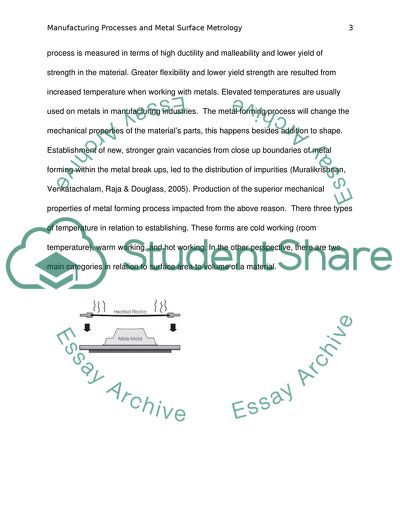Cite this document
(Manufacturing Processes and Metal Surface Metrology Report Example | Topics and Well Written Essays - 1250 words, n.d.)
Manufacturing Processes and Metal Surface Metrology Report Example | Topics and Well Written Essays - 1250 words. https://studentshare.org/engineering-and-construction/1872717-topic-in-manufacturing-processes-mechanical-behavior-of-materials-or-surface-metrology
Manufacturing Processes and Metal Surface Metrology Report Example | Topics and Well Written Essays - 1250 words. https://studentshare.org/engineering-and-construction/1872717-topic-in-manufacturing-processes-mechanical-behavior-of-materials-or-surface-metrology
(Manufacturing Processes and Metal Surface Metrology Report Example | Topics and Well Written Essays - 1250 Words)
Manufacturing Processes and Metal Surface Metrology Report Example | Topics and Well Written Essays - 1250 Words. https://studentshare.org/engineering-and-construction/1872717-topic-in-manufacturing-processes-mechanical-behavior-of-materials-or-surface-metrology.
Manufacturing Processes and Metal Surface Metrology Report Example | Topics and Well Written Essays - 1250 Words. https://studentshare.org/engineering-and-construction/1872717-topic-in-manufacturing-processes-mechanical-behavior-of-materials-or-surface-metrology.
“Manufacturing Processes and Metal Surface Metrology Report Example | Topics and Well Written Essays - 1250 Words”. https://studentshare.org/engineering-and-construction/1872717-topic-in-manufacturing-processes-mechanical-behavior-of-materials-or-surface-metrology.


